By AP

Pimples are complex creatures. It took me forever to learn about the pimple’s life cycle, andI will share that with you today.
Follicles, or pores, house a single strand of hair. Follicles are attached to the sebaceous glands, which produce the oil that keeps skin moist. When the skin is well, oxygen can flow freely through the pore, but when a blockage occurs, a pimple is born.
THE BIRTH
Sebaceous glands in the pore increases oil production.
The oil clumps together, preventing it from flowing easily though the pore.
Dead cells builds up in the pore and mix with the oil, which creates a blockage.
The GROWTH
Without oxygen, bacteria grows and creates an infection in the pore.
The skin ruptures, creating a painful red papule.
Your body sends an army of white blood cells to destroy the infection
THE DEATH
White blood cells die and accumulate in the pore, along with other debris and fluid. This forms a pus- filled whitehead called a pustule.
The infection heals on its own after some time, leaving a scab behind. The dead cells of the scab dissolve, leaving a scar.
Over time, healthy cells replace the dark cells of the scar, and your skin returns to its clear state.
Of course, not every pimple takes the exact same course of life. Some red papules never turn into whiteheads. It's important not to treat papules with spot treatments, as they will simply dry out the skin on top, trapping the infection underneath for longer.
Then there are cysts, which are different from papules and pustules. A cyst is considered to be severe inflammatory acne that can be quite painful. Cysts have the same general process as pustules but they occur deeper in the skin.

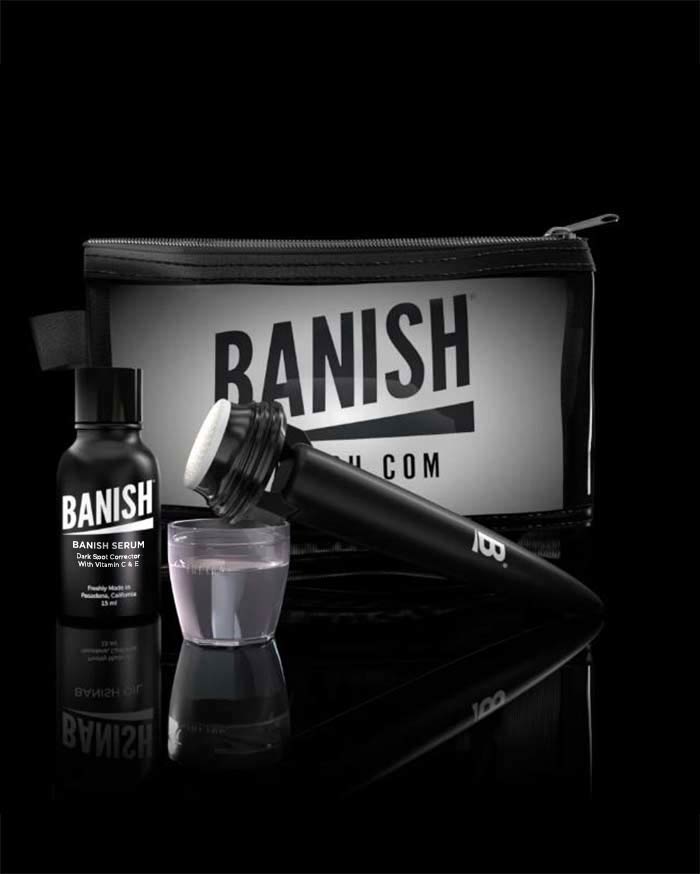
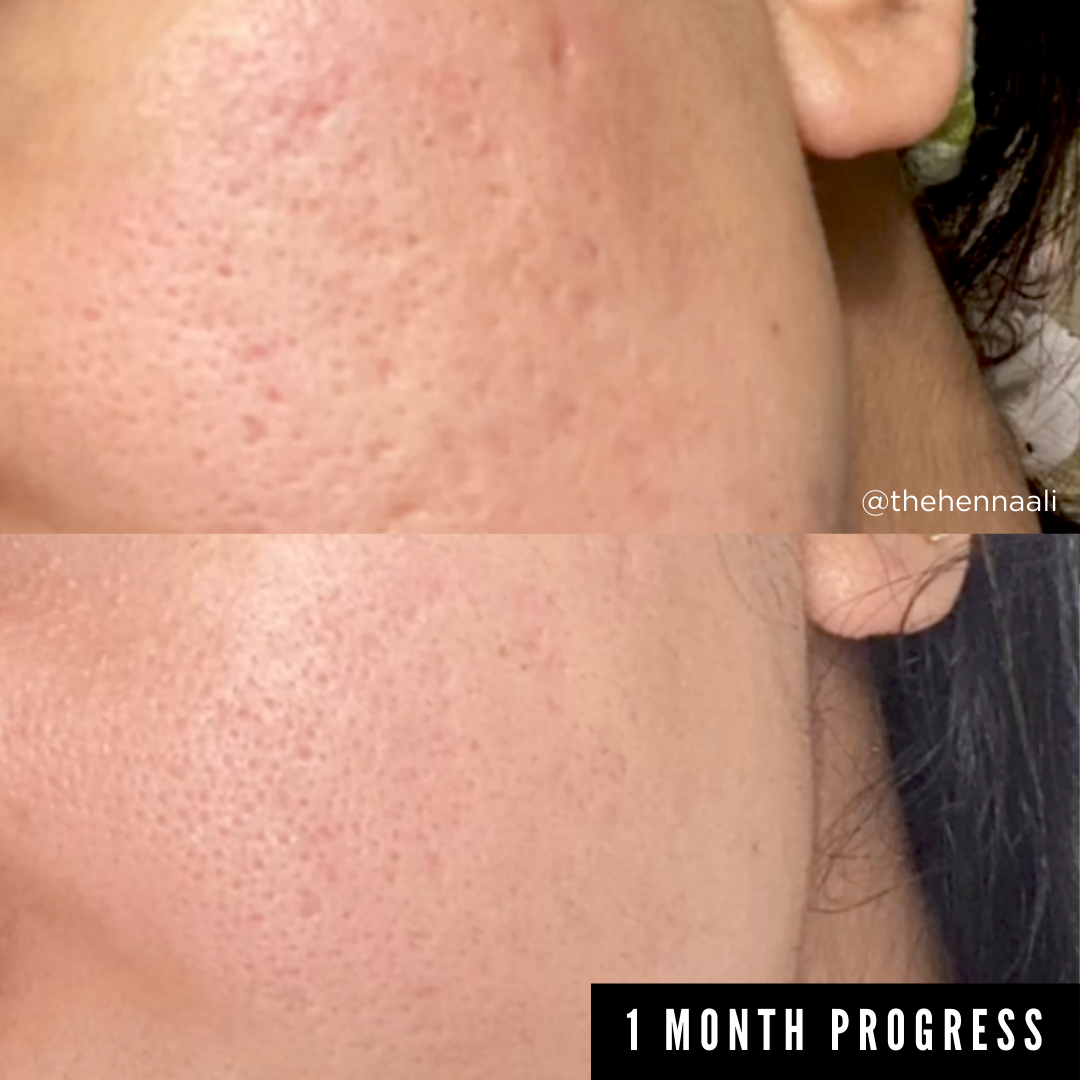
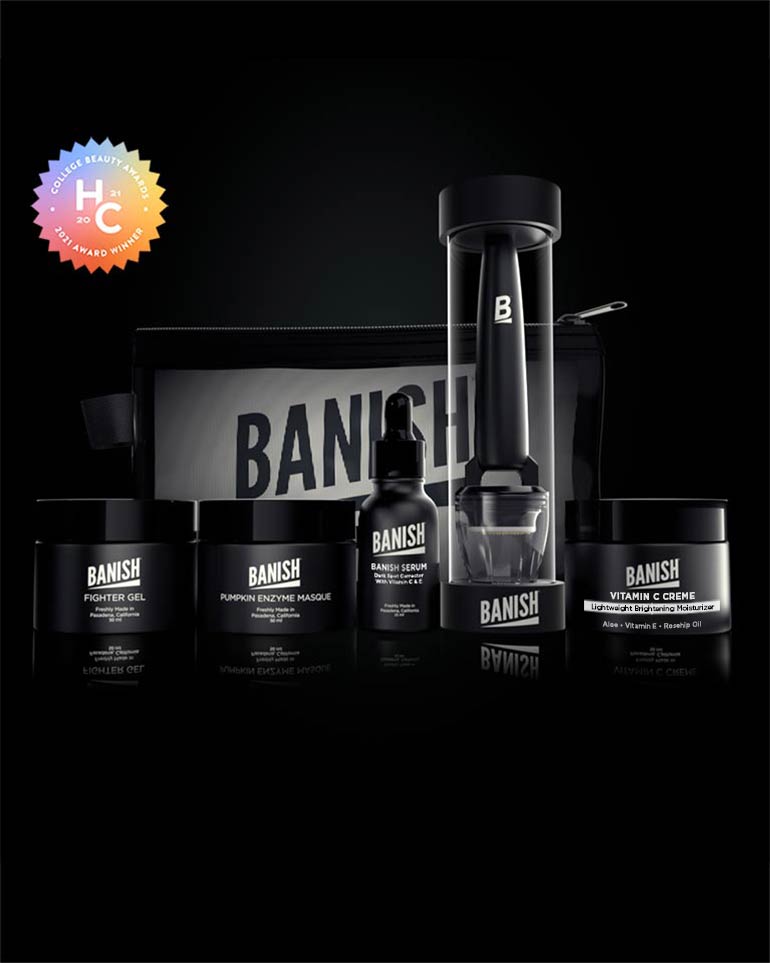

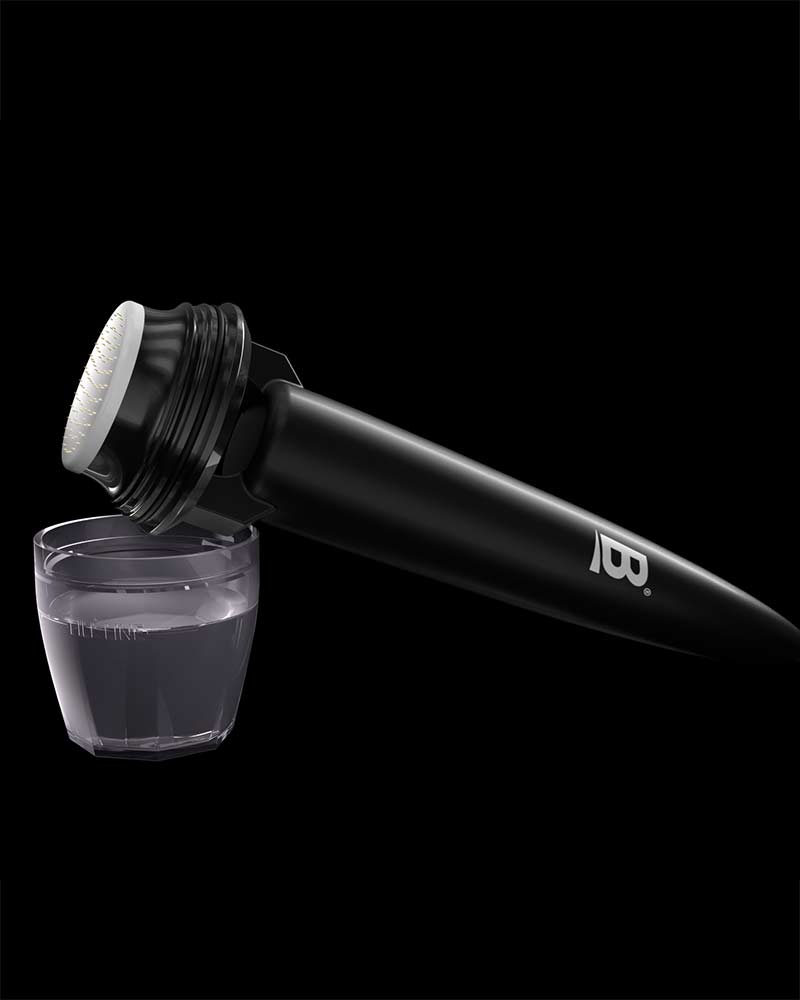

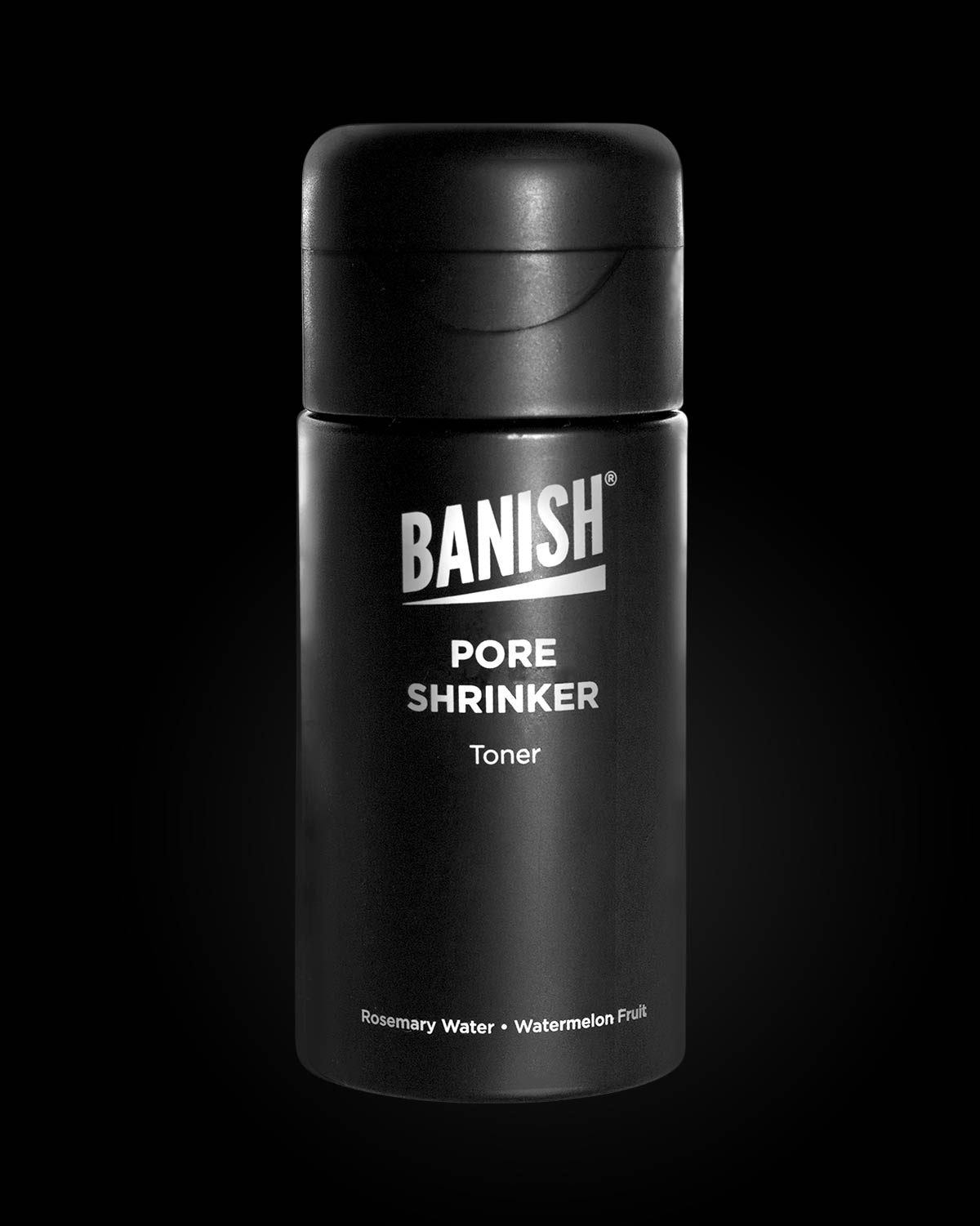
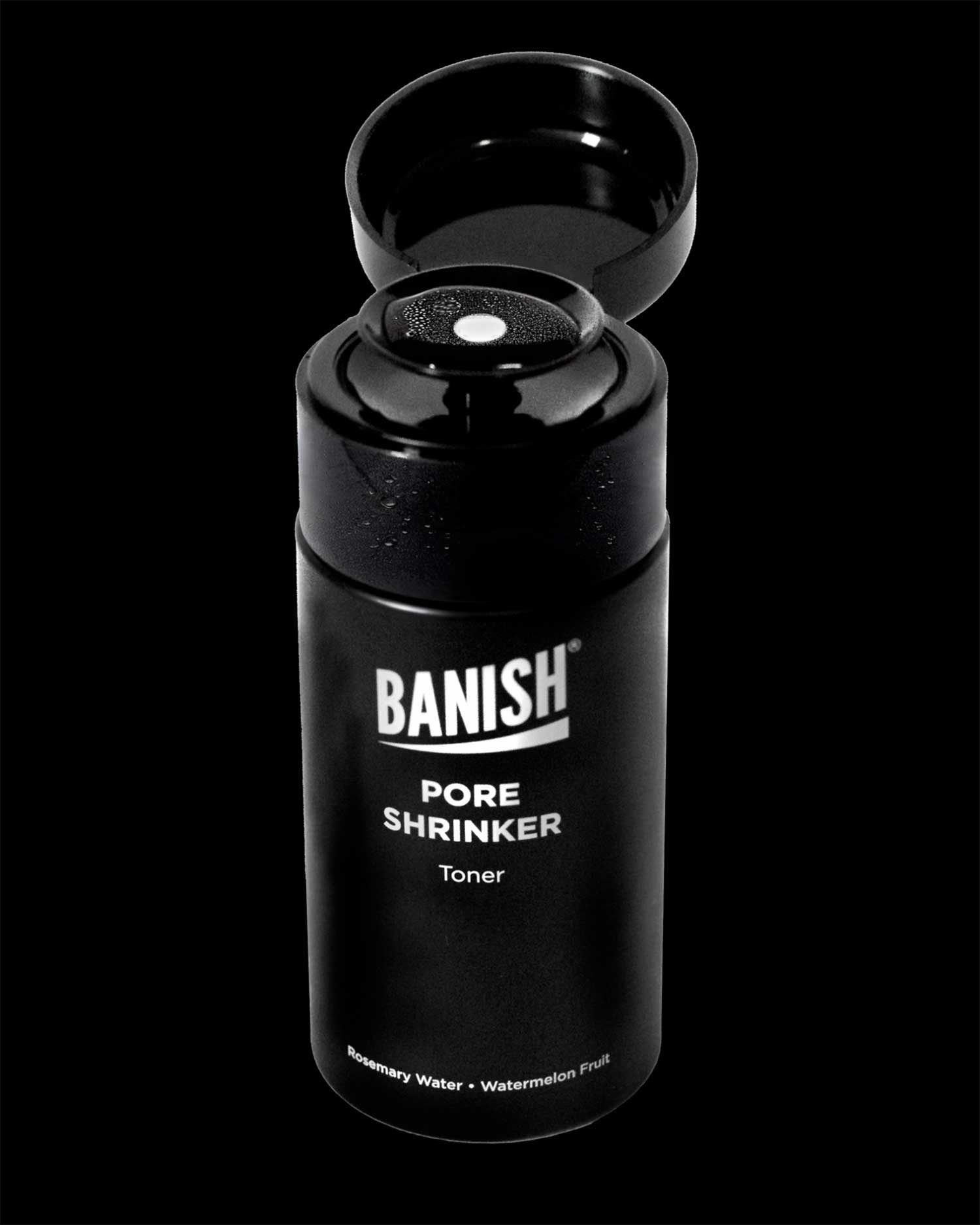
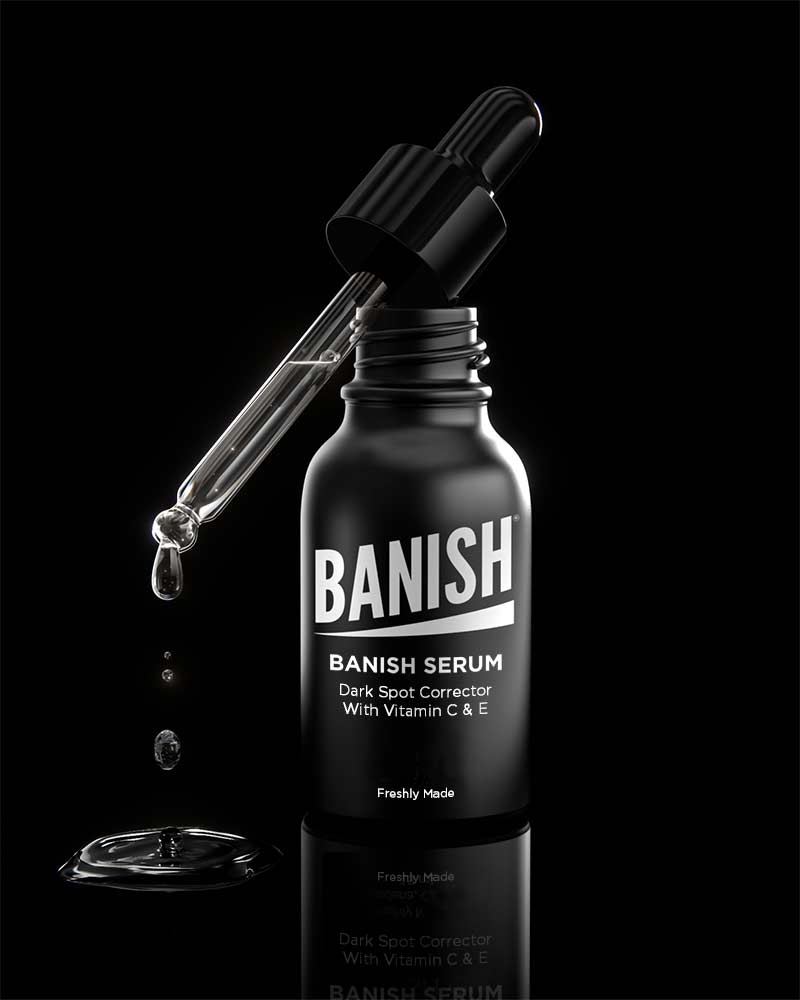

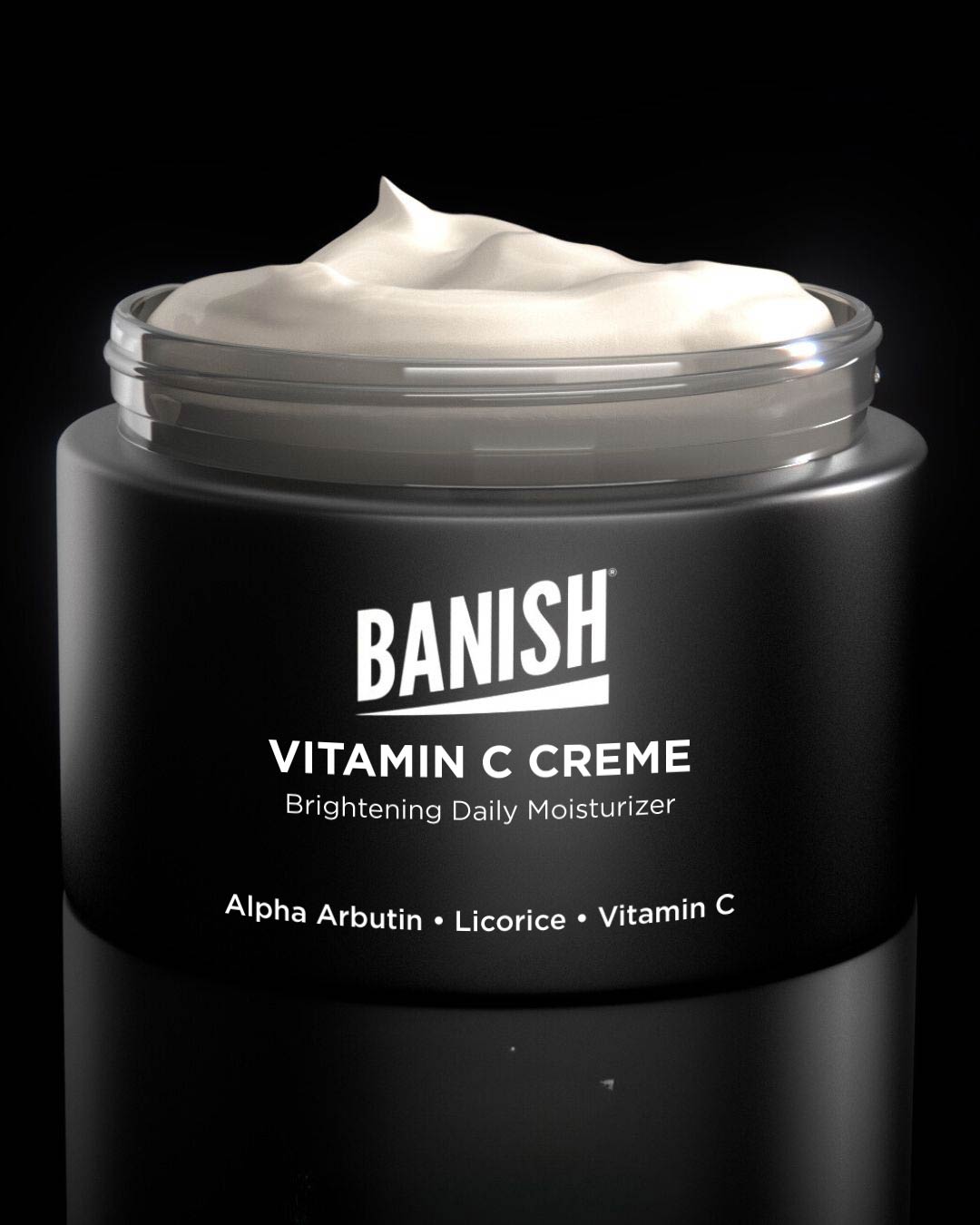

Leave a comment
All comments are moderated before being published.
This site is protected by reCAPTCHA and the Google Privacy Policy and Terms of Service apply.